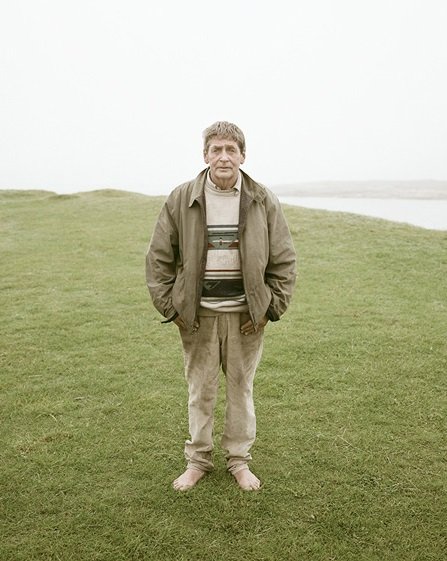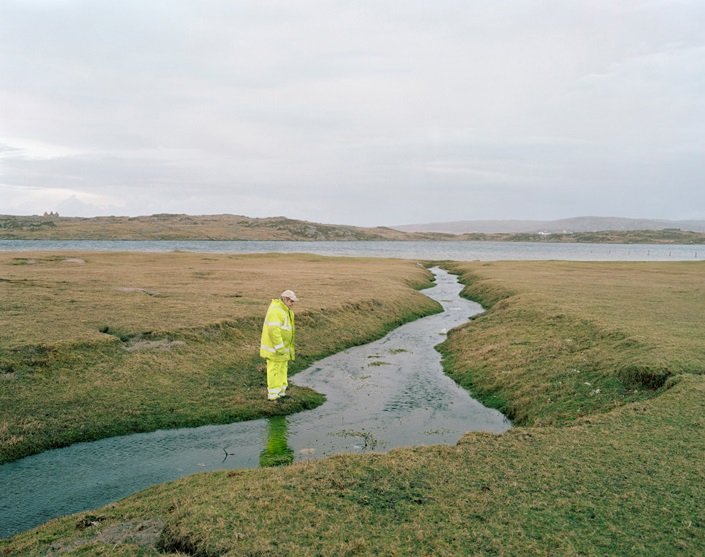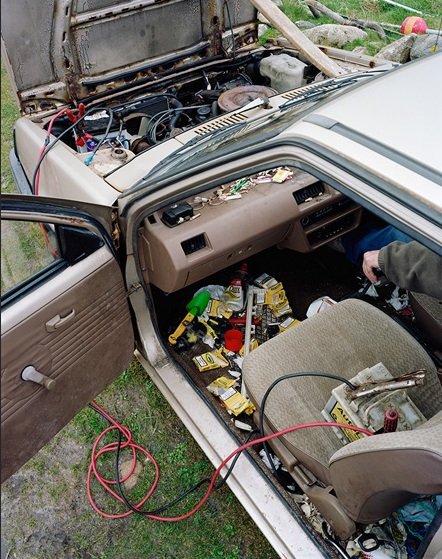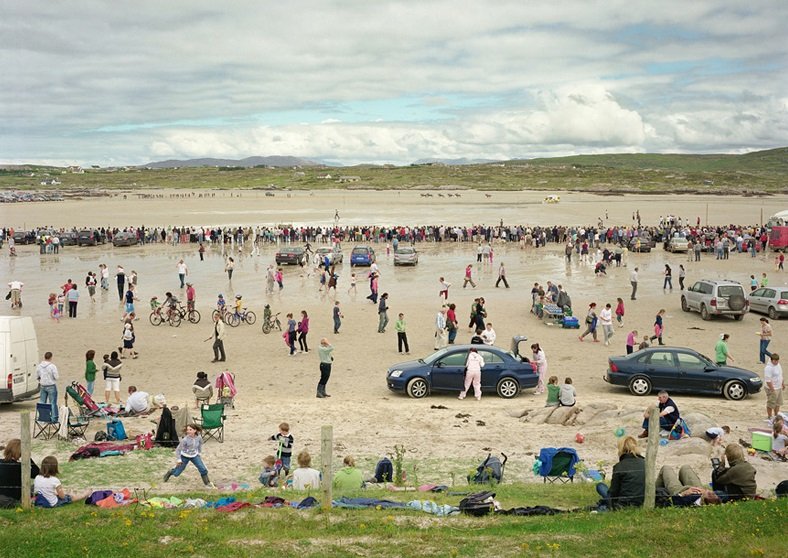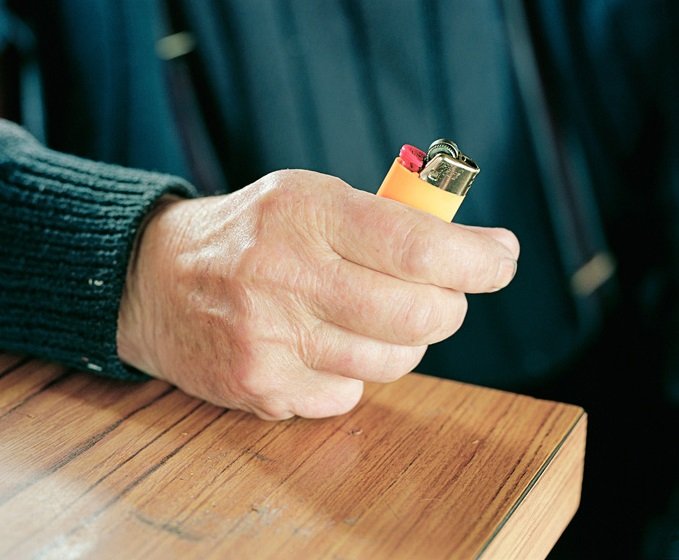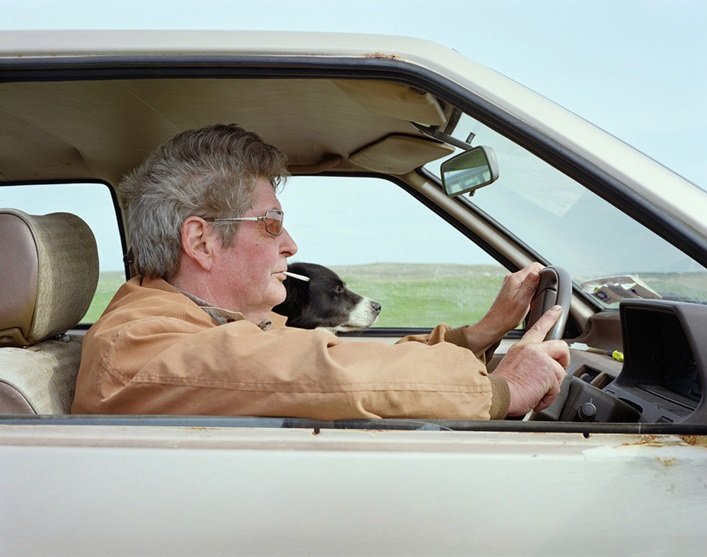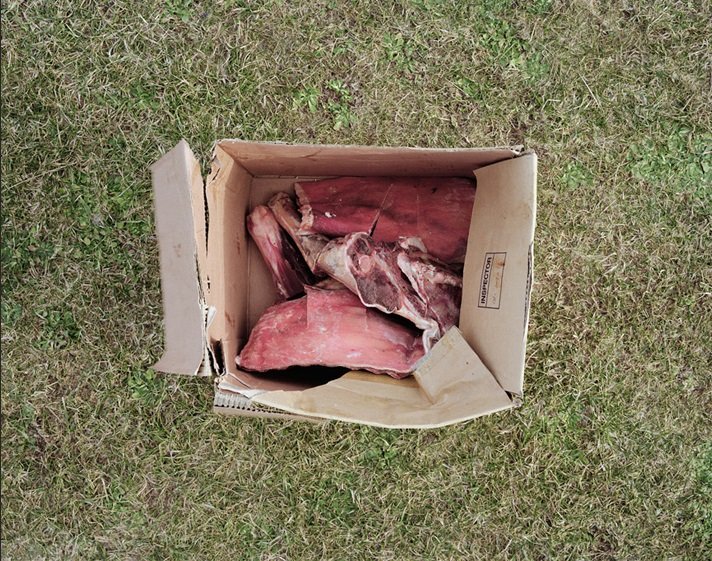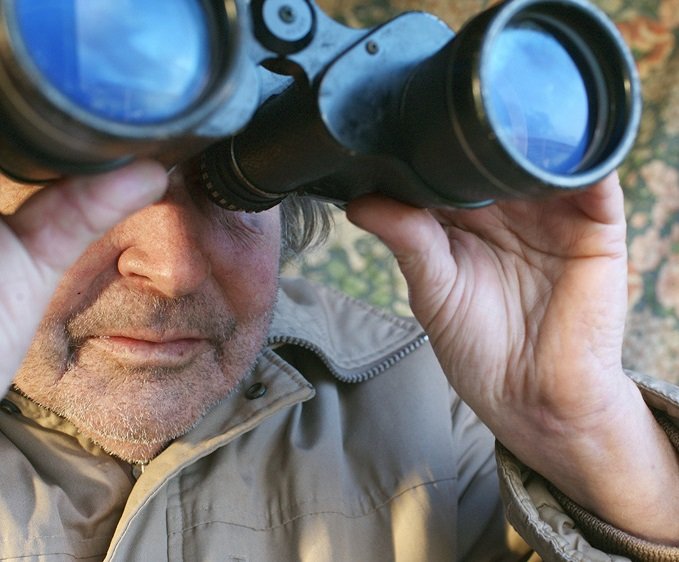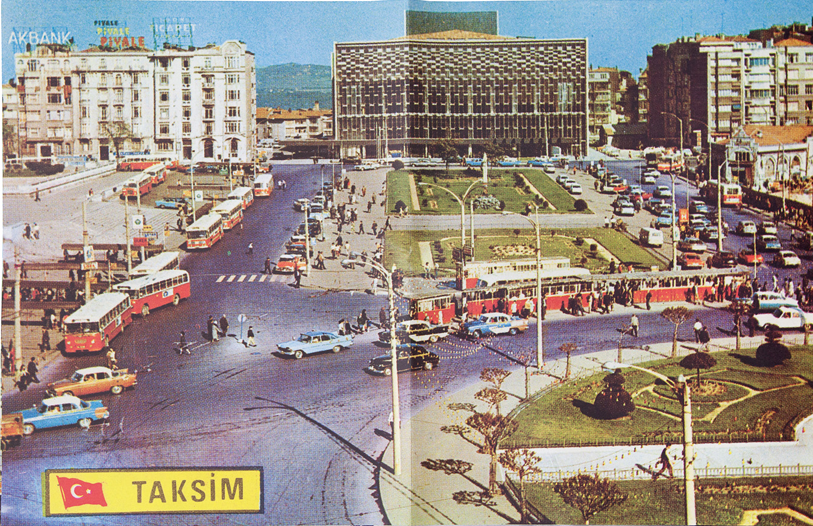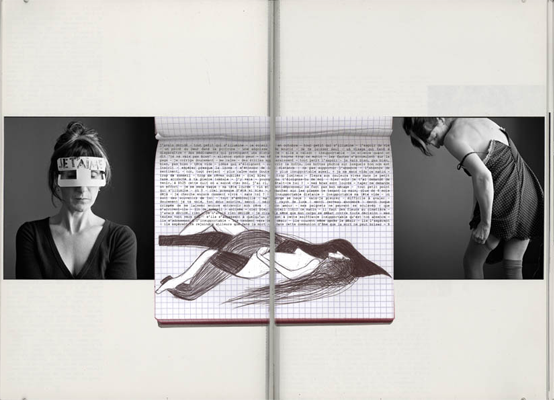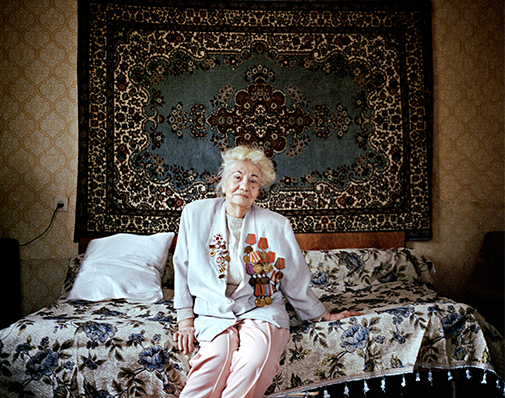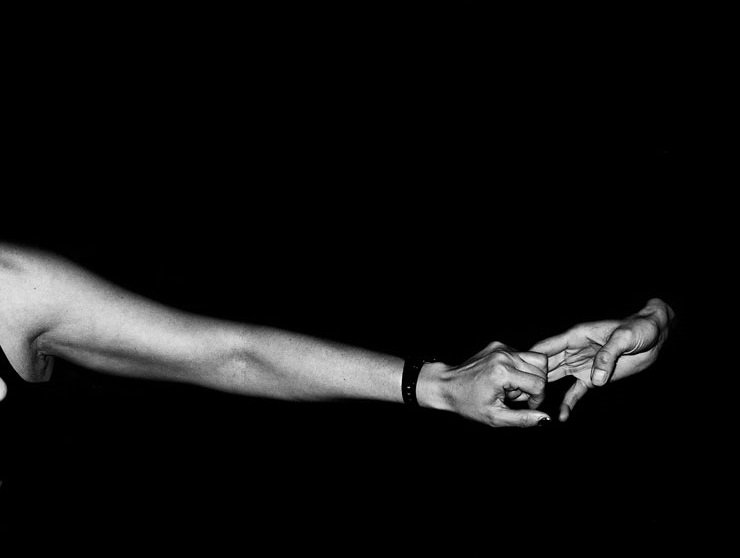Ireland –
Isolated islands off the Irish coast? There are a few that come to mind. Craggy Island is one of them, Rugged Island another. Then there’s the Aran Islands…
And that’s about it. And then I saw Kevin Griffin‘s book, Last Man standing and I put another island into my mental world map; Omey Island.
Omey Island is a 1 mile square piece of land off the West Coast of Ireland. It’s a tidal island. You can reach it when the tide is low. It has a couple of small lakes on it and people have lived there for over 6,000 years.
In the past, the population could be measure in the hundreds but today the population is one. His name is Pascal Whelan, a former stunt actor who moved back to Omey when it was a relatively settled place. Last Man Standing is the story of Whelan and his life on the island of Omey.
 Yellow Bic © Kevin Griffin
Yellow Bic © Kevin Griffin
The book has four main elements. There are the clippings of Whelan from his stunt days; kicking another stunt man (called Bruce Lee – but not that one) in the jaw, fleeing an explosion or jumping off a cliff. Then there are the interiors and his domestic arrangements. We see Whelan’s worn-out deck of cards, a rusty screw sticking through his caravan wall and the kitchen where Whelan makes his tea.
The landscapes set the book apart. Omey is small, flat and empty. It’s also extremely old, with human settlement dating back 6,000 years. That age registers in the pictures of the island and Whelan’s life there. From a short interview with Whelan and a history of the island, we find that Whelan grew up on the island. He was there in the 1940s. He saw his first plane there and ran home terrified because he’d heard about the bombings raids over in Britain and Europe. There was no gas, electricity or running water at that time. People lived off the land and ate fish, rabbits, geese and starlings. Every now and then they’d kill a pig, cook it and hang it in the chimney to be smoked by the turf fire.
The island looks old. We see the last grass on the island being lashed by the wind, we see Whelan ‘eel watching’ and we some strange circular markings on a daisy strewn lawn. There are many markings and traces on Omey and they add to the feeling of the isolated existence that Whelan leads. But it’s an existence in which Whelan never feels alone. “There’s a big difference between feeling lonely and being alone. I have been in large citieis where I am not alone but have felt very lonely, it is the opposite on Omey.”
Omey Island “Last Man Standing” from Kevin Griffin
So it’s a quiet book filled with quiet moments, but then suddenly the landscape explodes into some rare burst of activity; day trippers taking pictures of a beached whale, mainlanders lined up along the beach for the Omey races. And then we see Whelan in his everyday life; driving, sleeping and sitting.
I’m not sure what Last Man Standing is? Is it a book of landscapes, a travelogue or a diary of a man’s life (in the mould of The Day-to-Day Life of Albert Hastings). I don’t think it’s any of them or if it is, it’s all three. And maybe that’s why it’s so good. It’s a book where the man, the island and the life all merge together.
Colin Pantall is a UK-based writer, photographer and Senior Lecturer at the University of South Wales, Newport.
